Home > Cultural Tourism > Gwanaksan Mountain > About Gwanaksan Mountain
About Gwanaksan Mountain
Introduction to Gwanaksan Mountain
For centuries, Gwanaksan Mountain has been considered one of the five representative mountains in Gyeonggi-do, along with Songaksan in Gaeseong, Hwaaksan in Gapyeong, Gamaksan in Pocheon, and Unaksan in Pocheon. As Gwanaksan has dozens of majestic peaks and rocks and old trees and plants that live in harmony with rocks presenting beautiful scenery each season, it is also called Sogeumgang (meaning Small Geumgang) as it resembles Geumgangsan Mountain. It is also called Seogeumgang (meaning‘West Geumgang’) as it is located on the west side of Geumgangsan.
In addition, Gwanaksan Mountain was called Josan or Oeansan of Gyeongbokgung Palace in Seoul. As the shape of the peak resembles the shape of fire, it is considered a fire mountain according to geomancy. Accordingly, people used to believe that Seoul was often on fire as it is facing Gwanaksan, so people made a pond on the peak of the mountain as a symbolic meaning of suppressing the fire and erected Haetae, an imaginary animal believed to prevent fires, on both sides of Gwanghwamun Gate which is the main gate of Gyeongbokgung.
Ecology of Gwanaksan Mountain
The rocky peak of Gwanaksan is very barren, so only trees which can endure the external environment thrive, such as pine trees and azaleas. In particular, long-leaf Korean boxwood, which is a rare tree in Seoul, is growing in crevices between rocks. A total of 11 species of Korean-indigenous plants are growing on Gwanaksan Mountain. Four species of rare plants exist on the mountain and some 40 species that need environmental protection due to their rarity are noticeable as well. Large wild animals cannot be seen, but a small number of Korean hare, rodents such as squirrels, weasels, and moles are inhabiting the mountain, and 41 species of birds can be observed.
Attractions of Gwanaksan Mountain
Yeonjudae Hermitage Monument No. 20
Among the peaks of Gwanaksan Mountain, there is a rugged cliff resembling the shape of bamboo shoots. A mountain hermitage called “Yeonjudae” is situated on the top of the cliff. Originally, it was called “Uisangdae” as it was built by the Buddhist Monk Uisang during the 17th year of King Munmu’s reign (677), but was changed to “Yeonjudae (meaning “Missing the King’)” as retainers of Goryeo Dynasty came here after the collapse of the dynasty and opposed the founding of the Joseon Dynasty and missed their old prosperity. (Location: San 12-4, Jungang-dong, Gwancheon, Gyeonggi-do)
Yeonjuam Hermitage
Yeonjuam is located on the south side of Yeonjubong Peak of Gwanaksan Mountain. This temple is very well known to frequent visitors of Gwanaksan.
Together with Yeonjudae, which is located on the top of a rugged cliff at 629m above sea level, it is a famous place of Gwanaksan.
According to the document Yeonjuam jungeongi (Record of theConstruction of Yeonjuam), Buddhist Monk Uisang built Gwanaksa Temple under Uisangdae in 677 and
moved Gwanaksa to its present location when Prince Yangnyeong and Prince Hyoryeong stayed here after they gave up their throne to their younger brother Prince Chungnyeong
in the 11th year of King Taejong’s reign of Joseon. Gwanaksa was then renamed as Yeonjuam.
The three-story stone pagoda in front of the Daeungjeon Hall of the temple was built in the style of the late Goryeo Dynasty, so we can tell that the temple was built centuries ago.
Gukgibong Peak
Gukgibong is a peak of Samseongsan Mountain, and it is one of the mountain peaks that form a valley next to Seoul National University. Most of the ridge consists of rocks and has a thick pine tree forest. From the ridge, visitors can see Gwanaksan Mountain, the main ridge of Samseongsan Mountain and the ridge of Janggunbong Peak, helping make this course the most outstanding one among several courses of Gwanaksan Valley.
Yeollyeoam Rock
Along the uphill slope of the Seoul National University Trail from the Plaza 2 of Gwanaksan Mountain, there is Yeollyeoam Rock on the right side. According to legend, a lady was happily living with her husband, son and daughter. One day, a villain who was envious of this happy family came to her husband and enticed him to go hunting with him. The two left for hunting and the villain killed her husband and later returned to the lady and attempted to lure her, but the lady refused him resolutely. Without knowing that her husband was murdered, she went to a sacred rock while carrying her baby on her back and prayed for her husband to come home safe. After a toad and a dog watched her praying with great diligence and became impressed by her, they protected her from other animals. This devoted lady was eventually turned into a fossil and still exists until today.
Enchanted rocks of Gwanaksan Mountain
-
Yeollyeoam Rock

Located along the uphill slope of Seoul National University hiking trail from Plaza 2 from the entrance ofGwanaksan Mountain
-
Badugi Rock

Located along the uphill slope, near Yeollyeoam Rock.
-
Dwaeji Rock
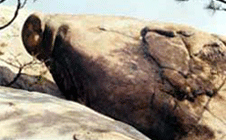
In front of Seongjuam Hermitage along the hiking trail on the right side from Plaza 1
-
Gaeguri Rock
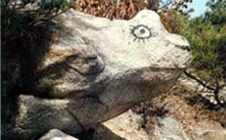
On the right side along the hiking trail after passing Seongjuam Hermitage
-
Haetae Rock
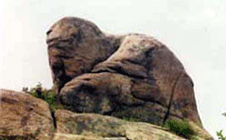
Located on the right side after passing Sangbong Mineral Springs and toward Yeonjuam Hermitage from the peak
-
Gorae Rock
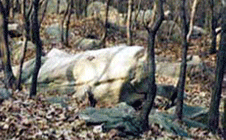
Located on the right side while walking toward Sammaksa Temple from Plaza 2
-
Myeongsangui Eolgul Rock
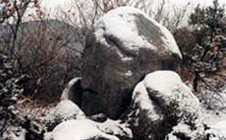
Located on the right side while walking toward Sammaksa Temple from Plaza 2 after passing the entrance of GwanaksanMountain
-
Dalpaengi Rock
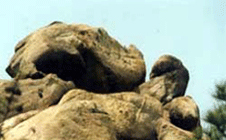
Located on the right side after passing Myeongsangui Eolgul Rock (Pensive Face Rock)
-
Nakta Rock
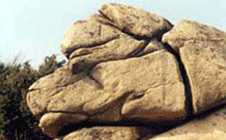
Located on the right side after passing Myeongsangui Eolgul Rock
-
Janeun Badugi Rock
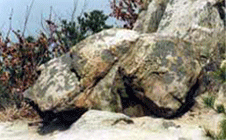
Located on the peak after passing Sangbong Mineral Springs along the hiking trail of the mountains behind Hoam Faculty House
-
Beonnoe Eolgul Rock
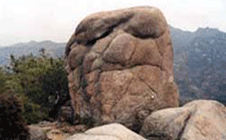
Located on the right side on the way up towards Gitdaebong Peak from Plaza 2
-
Ageo Rock
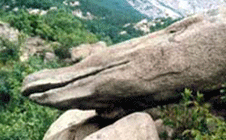
Located on the left side while walking towards Yeonjuam Rock after passing Sangbong Mineral Springs
-
Mulgae Rock
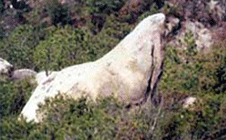
Located on the right side from Sangbong Mineral Springs along the hiking trail of the mountains behind Hoam Faculty House
-
Saja Rock
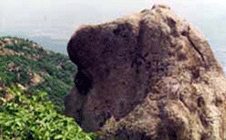
Located near the cable car and the transmission station on the left side of Yeonjudae
-
Doksuri Rock
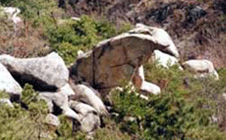
Located on the left side along the way towards Yeonjuam from the peak after passing Sangbong Mineral Springs
-
Jumeok Rock
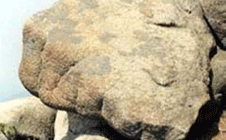
Located on the left side along the way toward Yeonjuam after passing the Eagle Rock
-
Moktak Rock
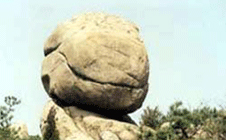
Located in the front of Yeonjuam from the peak after passing Sangbong Mineral Spring
-
물고기바위
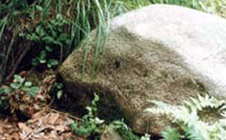
-
Gangaji Rock
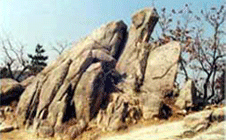
-
Tokki Rock
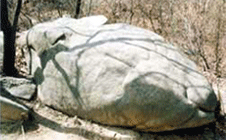
-
Gombawi Rock
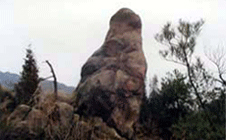
Located on the left side along the uphill slope towards Gitdaebong Peak from Plaza 2
-
Geobugi Rock
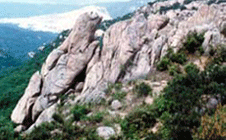
Located on the left side towards Yeonjuam Hermitage from the peak after passing Sangbong Mineral Springs
-
Dalmadaesa Rock
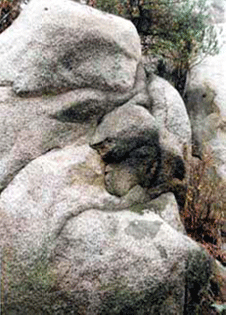
-
Bulldog Rock
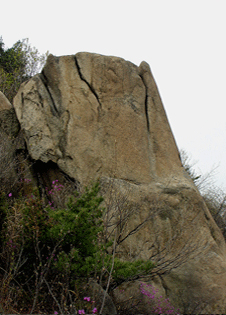
Located along the hiking trail between Gwaneumsa Temple andYeonjuam Hermitage
